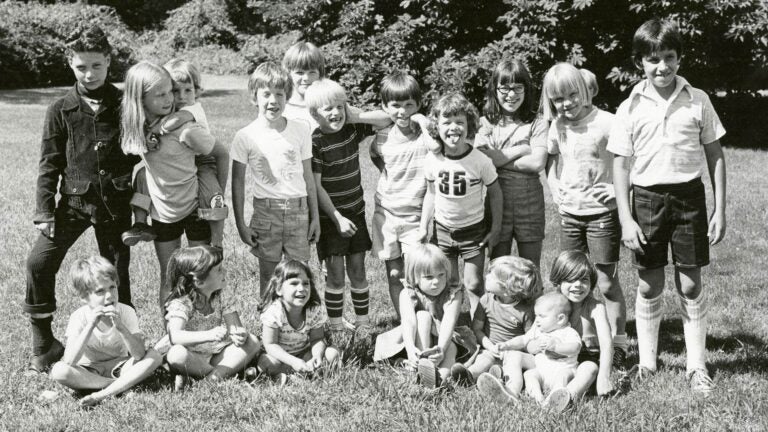Gender and family at CSHL and in the sciences
The CSHL archives offer an enormous amount of material on the intersection of scientific research, family and gender. The word “gender” in connection with science often brings to mind the stories of renowned female scientists at CSHL, like Barbara McClintock, Evelyn Witkin and Carol Greider, as well as the sexism faced by female researchers now and in decades past.
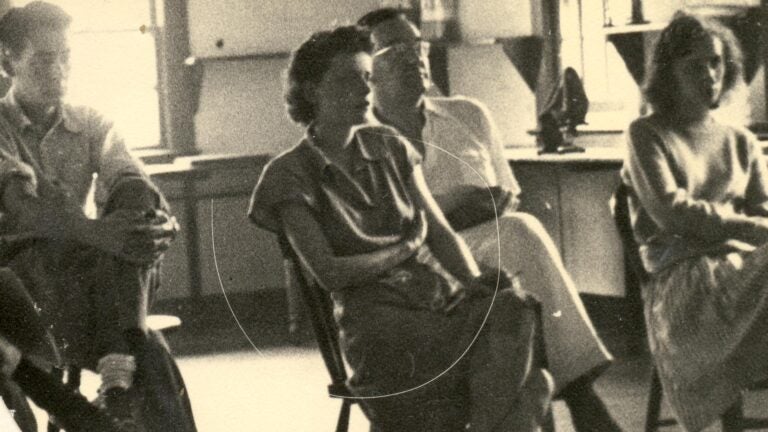
The Archives contain a wealth of material on the research, discoveries and career paths of women in science at Cold Spring Harbor. There are also documents that illuminate the lives of female scientists who did not work at CSHL. For example, a correspondent of Milislav Demerec, who was director of the Biological Laboratory and the Carnegie Institution Department of Genetics in the 1940s and 50s, wrote to him in 1947 to describe the situation of noted virologist Marguerite Vogt, who was in the Russian Zone of occupied Germany after WWII and was having trouble accessing scientific reprints. The letter describes the challenges of sending scientific material from the United States into the Russian Zone and notes in passing that Vogt “was an active anti-Nazi during the war” [CIW 26, Folder: Demerec, Milislav, 1947, Ralph Cleland to Demerec, May 27, 1947].
Researchers interested in first-hand accounts of the careers of women scientists should also consult the Oral History Collection. These interviews bring to light the challenges faced by women in science — and also reveal the solidarity and professional respect shown by male colleagues, for example in the story that Evelyn Witkin tells about her colleague Salvador Luria and the bacteriologist Mary Bunting. This also comes through in material relating to Witkin herself. In the mid-1950s, Witkin had trouble finding childcare and was able to make an arrangement to continue her research program on a part-time basis. It was not an ideal solution, but because of the value of Witkin’s research, Demerec was strongly motivated to work with her on this issue. [CIW 15, Folder: Bush, Vannevar, 1953, Demerec to Bush, June 4, 1953; Folder: Bush, Vannevar, 1954, Demerec to Bush, June 21, 1954; Folder: Bush, Vannevar, 1955, Demerec to Bush, March 11, 1955].
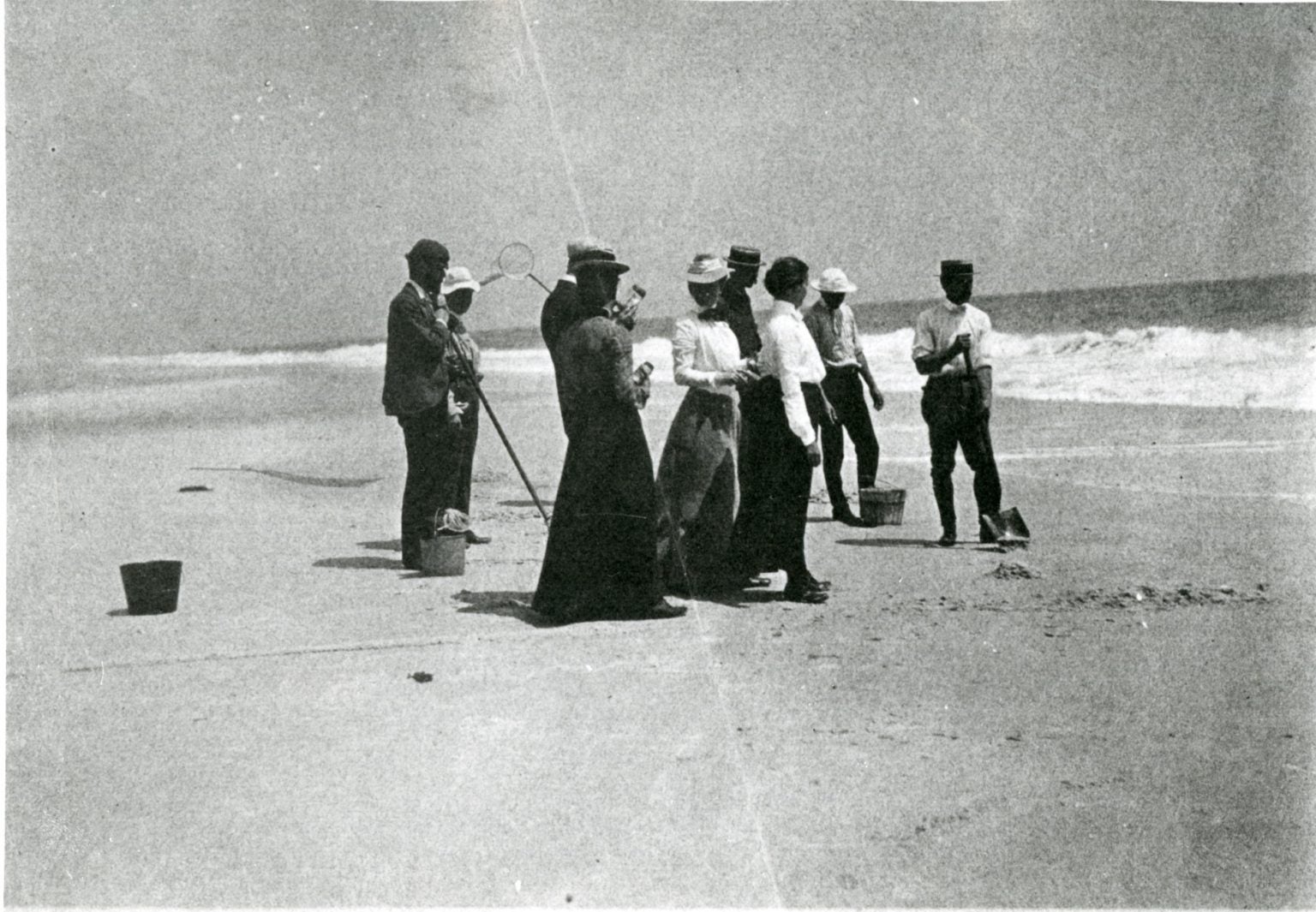
Women also appear frequently as science teachers and students in the records of the Biological Laboratory’s summer school in the 1890s and early 1900s. In this earliest phase of the Biological Laboratory’s history, many of the individuals taking summer courses there were high school science teachers or science teachers in training, and this group included a significant number of women.
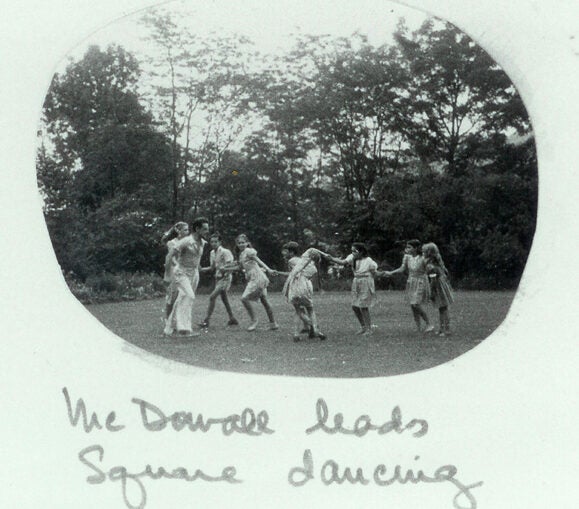
But this is far from the end of the story. The theme of men and masculinity in science is also well represented in the Archives. The correspondence relating to scientific hiring in the CIW collection routinely refers to the idea of a “good man” in the sense of a “good scientist” as well as the kinds of personal and professional qualities such a man ought to have. Ideas about masculinity are also reflected in the records of men’s careers, for example those of Hermann J. Muller and Alfred D. Hershey. The material about masculinity, personality and scientific work is relevant to the broader cultural history of the United States in the twentieth century, since it offers insight into evolving ideas of the ideal worker and the ideal man.
Gender also shaped the culture of scientific patronage. Both men and women were patrons of science — the infamous Eugenics Record Office at Cold Spring Harbor was originally endowed by Mrs. H. E. Harriman —but ideas about gender shaped how male and female patrons, even with equal levels of wealth, interacted with the institutions they patronized. Men often took on the role of the “public man,” who not only donated money or land but also sat on advisory boards and cultivated long-standing professional and personal ties with the heads of institutions like the Carnegie Institution or the Biological Laboratory. Women donors like Mrs. Eugene Blackford were part of this world of personal and professional connections, but they cultivated their families’ ties to the institution in different ways. Mrs. Blackford, for example, was determined that her daughters should be in charge of furnishing the building she had paid for, “so that they would become interested in the building and in the laboratory” [CIW 24, Folder: Davenport, Charles B. 1902-1905, Franklin Hooper to Charles Davenport, October 19, 1905]. The records of the LIBA Women’s Auxiliary offer additional insight, on a smaller scale, into the patronage activities of women [CIW 69].
But for most men and women, gender and gender roles were something lived out on an unspectacular, day-to-day basis. This is evident in archival material on residence hall assignments and similar topics in the Brooklyn Institute records and elsewhere.
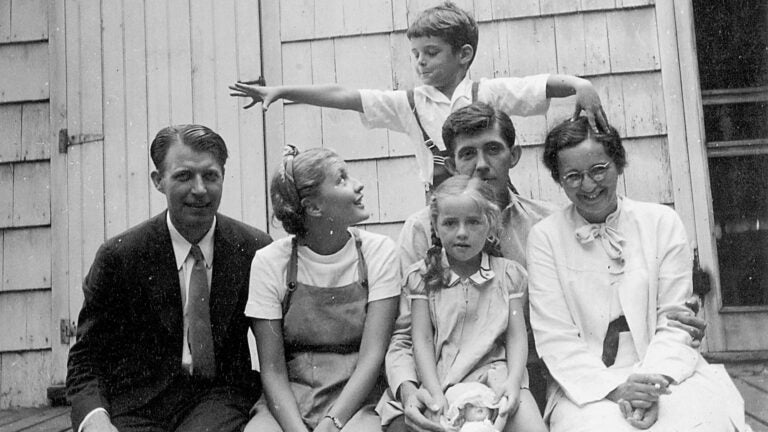
The same is true for family life. The CIW collection contains numerous references to family life, such as children at the summer meetings occasionally making noise that disturbed talks. The Oral History Collection also offers documentation of family life at CSHL, as does the Kitty Brehme Warren scrapbook collection. The Brooklyn Institute collection contains information about the dorm for married couples [BIAS Box 1/ Folder 1/ subfolder 1899]. Finally, material on family relationships can be found in the letters between A. Hershey and his future wife Jill and between H.J. Muller and his sister Ada. All of this material offers insights into twentieth-century family life that are of interest to social historians as well as historians of science.
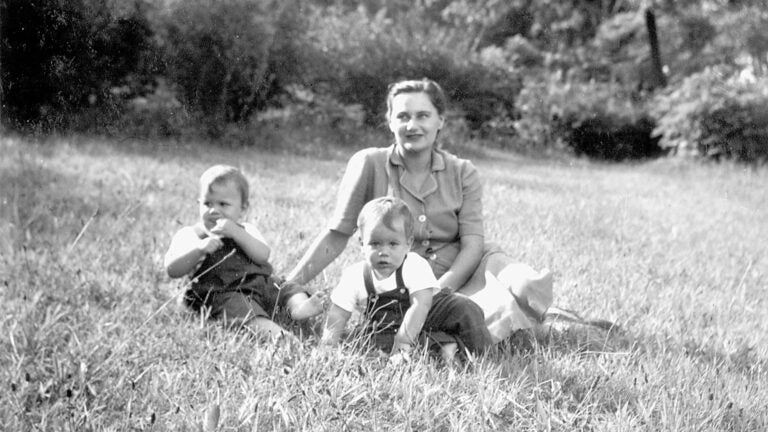
Sometimes scientific research and family relationships intersected in more specific ways. In 1950, Demerec wrote to Vannevar Bush, who was then the president of the Carnegie Institution, about the issue of married couples working in the same lab. Opinions on this differed — some institutions forbade it, others permitted it. Demerec emphasized the importance of “a happy and satisfying environment” at home for “effective creative work.” The happiness of a researcher’s wife, he said, “has a considerable effect on his performance.” Since the wives of many male scientists were scientists themselves, it wasn’t surprising that couples would collaborate professionally. But the question of whether this was in the interest of the institution that employed them, or their work in general, was open [CIW Box 27, Demerec, Milisav. Letter to Dr. Vannevar Bush, 7 March 1950].
The themes of gender and family life, in other words, are related to the history of science and scientific research in a variety of ways. The archival collections at Cold Spring Harbor include a wealth of relevant material to explore.
